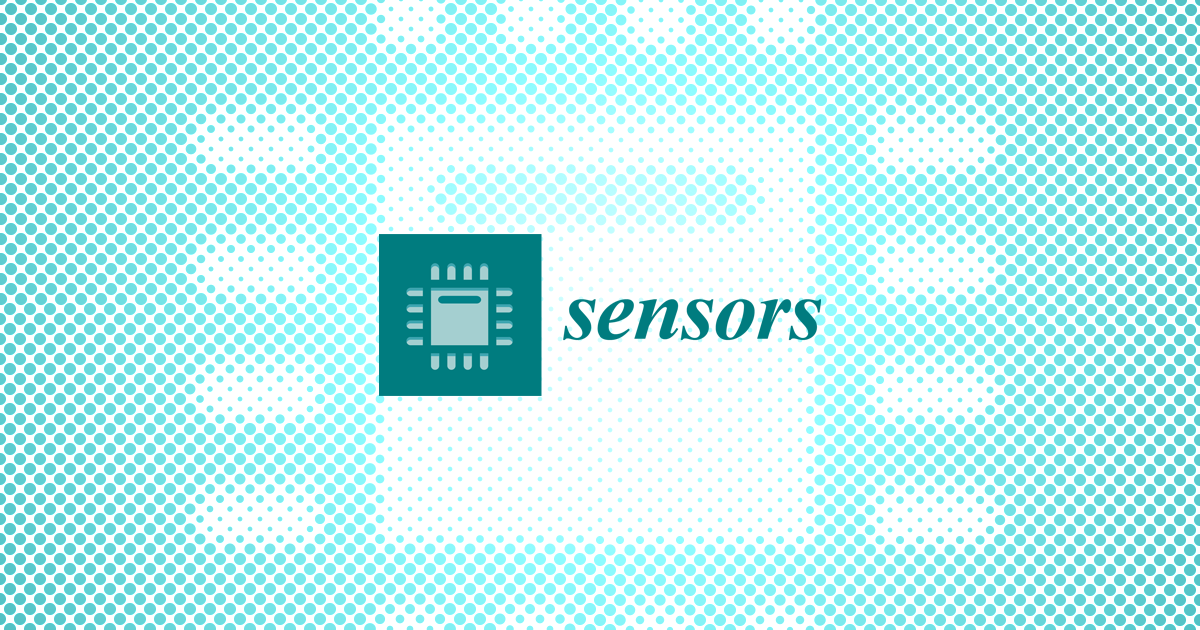By: Myriam Vidart, Juan Carlos, Martí Ciruelos, Álvarez Muñoz, Menéndez Crespo
Pediatric elbow fractures are quite common, accounting for up to 34% of bone fractures in children. Among these, acute lateral humeral condyle (LHC) fractures represent up to 22%. The accurate diagnosis and early treatment of LHC fractures are crucial due to the potential for abnormal growth and significant long-term impacts on joint motion. With the aim of enhancing the understanding of pediatric LHC fracture management among pediatric healthcare practitioners, we present a literature review combined with our technical recommendations based on our experience. Imaging through AP, lateral, and internal oblique X-rays remains the gold standard for diagnosis, although there is increasing focus on non-irradiating techniques, considering the skeletally immature nature of the patients. Several classification systems aid in fracture assessment, each varying in their simplicity, reproducibility, and inter- and intra-observer correlations. The treatment approaches for LHC fractures include conservative management with immobilization for minimally displaced fractures and surgical intervention for displaced fractures. The surgical options encompass closed and open reductions, using Kirschner wires or cannulated screws for fixation. While both methods show favorable outcomes, recent years have seen a growing interest in expanding the traditional indications for closed approaches. After a period of post-surgical immobilization of the limb, rehabilitation care is recommended to assist in the recovery of the range of motion. During the postoperative period, the most frequent complications are bony overgrowth, malunion, and infection, although with highly variable rates, which typically do not result in functional impairment if managed properly. Regular follow-up and monitoring are essential for optimal recovery and minimizing long-term complications.

















